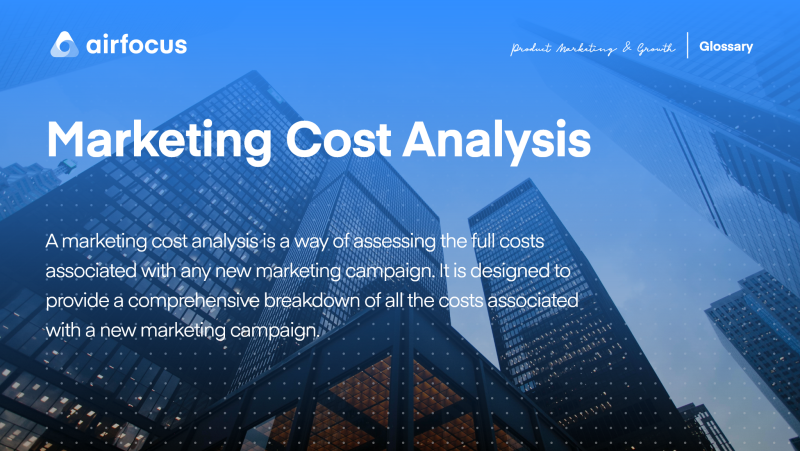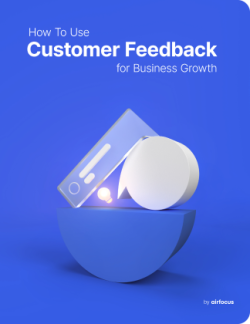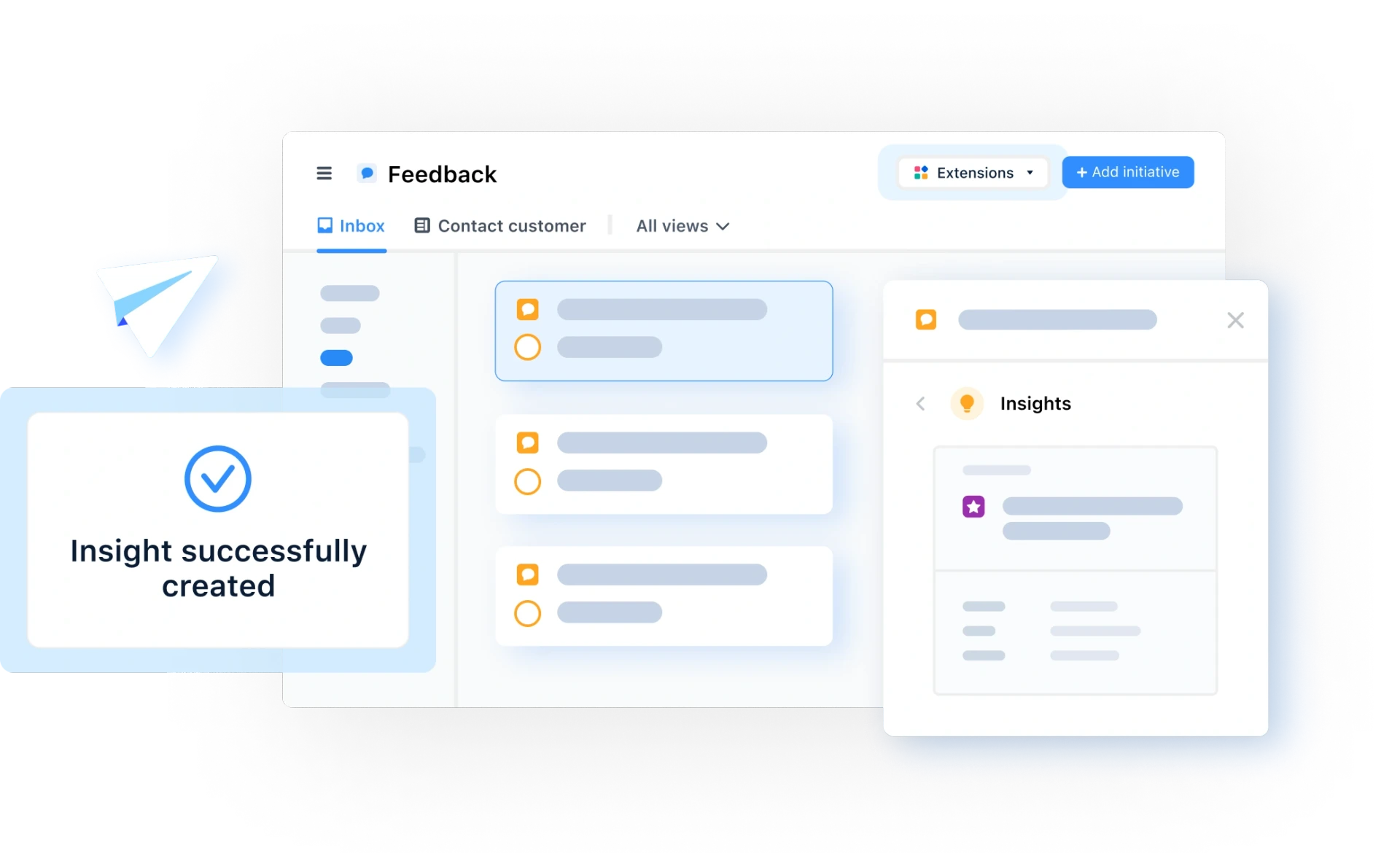Marketing Cost Analysis
What is a Marketing Cost Analysis
Definition of Marketing Cost Analysis
A marketing cost analysis is essential for any new project, product or campaign. It is designed to provide a comprehensive breakdown of all the costs associated with a new marketing campaign, in order to calculate profit margins and to determine the value of the investment in marketing.
A good marketing cost analysis should include not just the monetary costs (including indirect costs, such as shipping and taxes), but also the cost of energy, focus and time. These intangible costs can be much harder to evaluate but are vital when determining the overall value of a campaign.
Benefits of a marketing cost analysis
A marketing cost analysis offers the following benefits:
Optimize budget allocation
Assessing marketing expenses helps companies understand how to allocate their marketing budget to achieve the best results.
Evaluate marketing ROI
Analyzing marketing costs enables businesses to measure the returns from various campaigns across digital marketing, print promotions, and more. They can measure how profitable a particular form of marketing is and evaluate the value of further campaigns.
Identify opportunities to save money
Marketing cost analysis can show companies where they can spend less on campaigns without impacting their success. That may mean finding new platforms or revising ad scheduling.
Make data-driven decisions
A key part of marketing cost analysis is studying data, which can reveal valuable patterns, connections, and trends. Teams may use the data gathered and the lessons learned from it to make informed decisions in the future.
Not only can data analysis lead to better financial decisions in marketing, but it can help teams make strategic improvements in other areas, too.
Components of the analysis
A marketing cost analysis is made up of the following components
Define your data sources for comprehensive analysis
Identifying the most important data sources is the start of a marketing cost analysis, and it must be wide-ranging. Otherwise, you could overlook key sources in your campaigns (e.g., Google Ads and Facebook).
To begin, separate your marketing expenses into different segments (such as PPC, social ads, video ads), then determine each source you should include for the most in-depth analysis.
Assess past spending data
Review historical data on your marketing spending to pinpoint inaccurate information and eliminate it from the analysis. Removing mistakes will ensure the most accurate outcome, and it can prevent the need to waste time re-checking details down the line.
Arrange data carefully
Organizing your data is vital for efficient analysis, and you should separate it all into clearly defined categories. For example, you may create a category focused on the costs of design software used in marketing campaigns.
Assess the marketing budget
Study your marketing budget to find opportunities to cut costs and boost ROI.
Make smarter, more cost-effective choices
Acting on the insight gained through a marketing cost analysis is essential to make it worthwhile. Analyzing data will help you identify where you can save money without harming your marketing campaigns, and you must follow through on this to generate real results.

General FAQ

Glossary categories
All product feedback in one place

Experience the new way of doing product management








